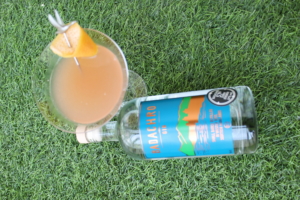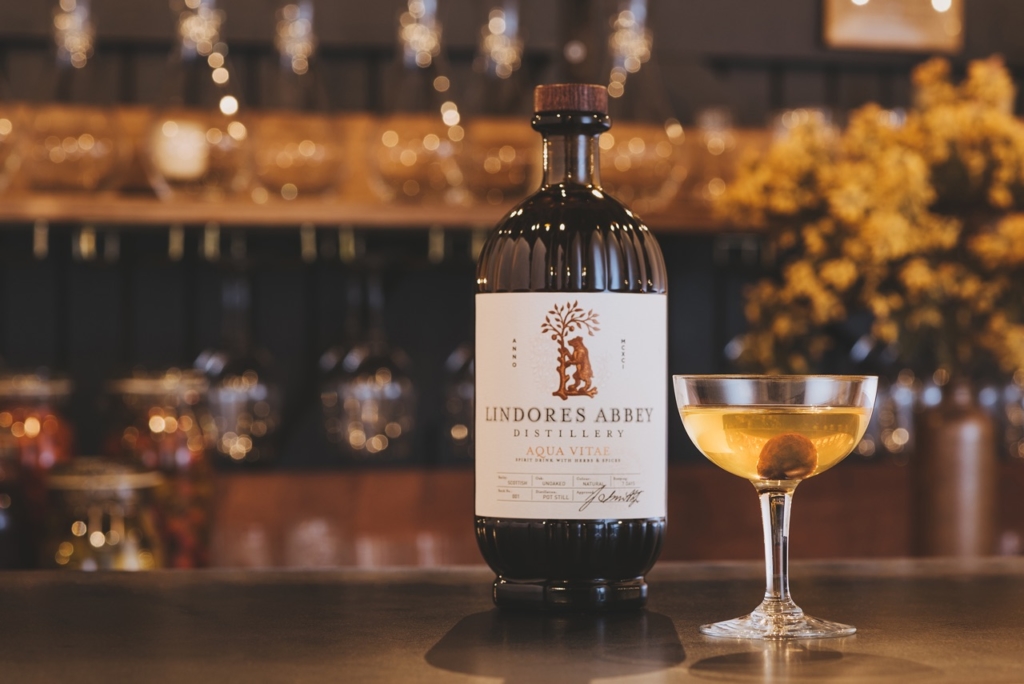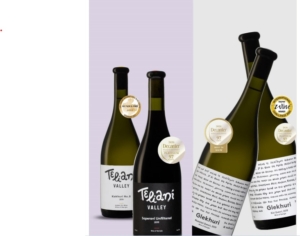Qvevri (also spelled Kvevri) are large, egg-shaped clay vessels traditionally used in Georgia for fermenting, storing, and aging wine. This ancient winemaking method dates back over 8,000 years. It makes it one of the oldest known techniques.
Here are some key points about Qvevri:
Design and Use: Qvevri are typically buried underground, which helps maintain a stable temperature during fermentation. This unique design allows grape musts to move freely inside. This promotes the extraction of flavours and structure.
Materials and Craftsmanship: The clay used to make Qvevri is carefully selected for its mineral content, which can influence the wine’s characteristics. The vessels are handmade, and the knowledge of this craft has been passed down through generations.
Wine Characteristics: Wines made in Qvevri often have a distinct taste and structure. The traditional method involves fermenting the juice along with grape skins, stalks, and pips, which can result in richly flavored and tannic wines.
Cultural Significance: In 2013, UNESCO recognized the ancient Georgian Qvevri winemaking method as part of the Intangible Cultural Heritage of Humanity.
Qvevri winemaking is a testament to Georgia’s rich cultural heritage and a fascinating example of how ancient techniques continue to influence modern winemaking.
Have you ever tried Qvevri wine or visited a winery that uses this method?
We have many for sale on this website. Enjoy!!


 .
.
